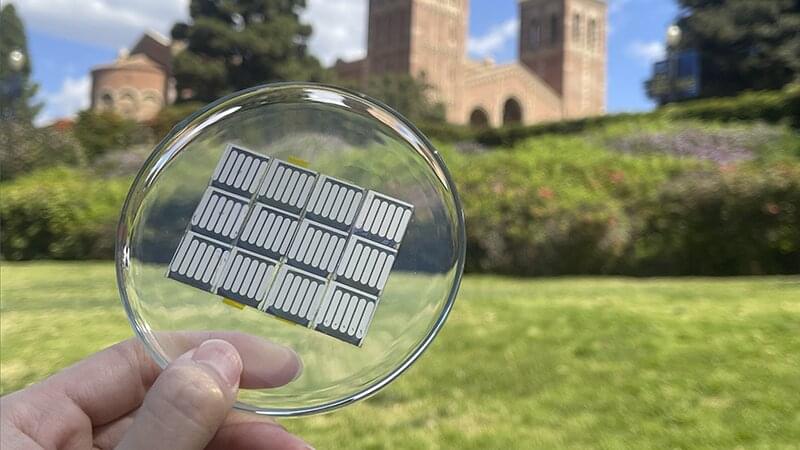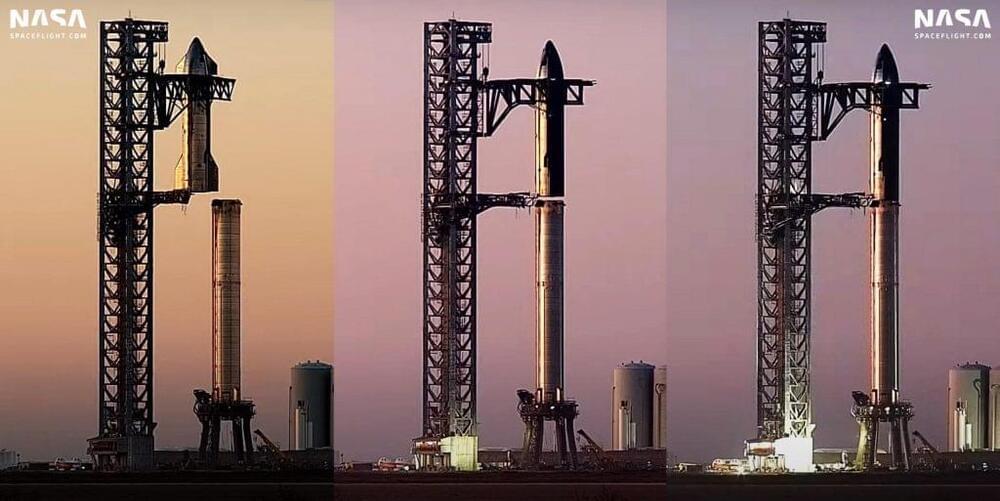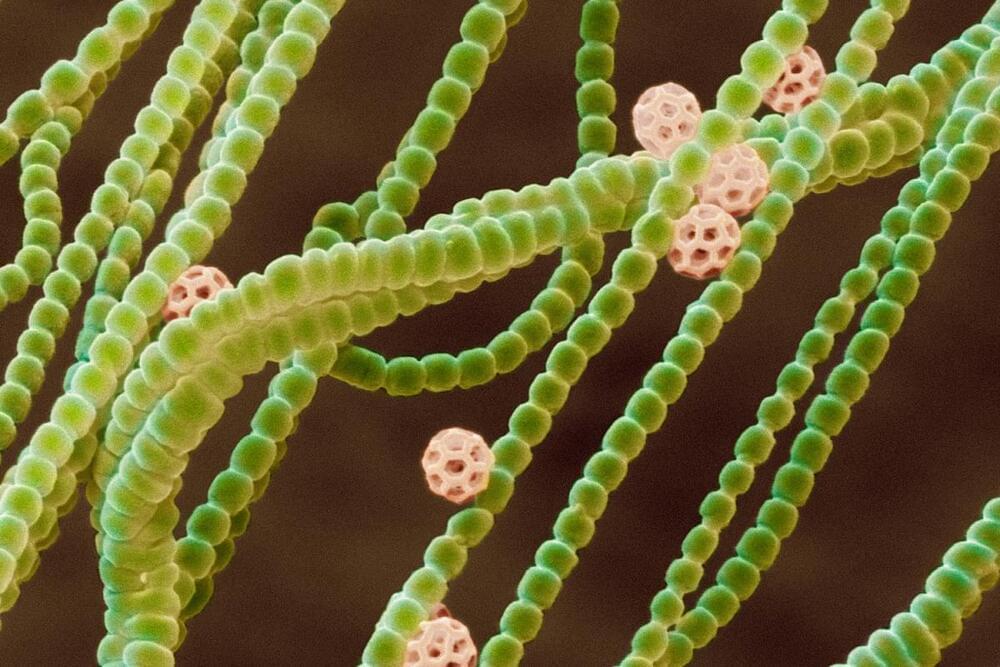Mar 17, 2022
The World in 2300: Top 9 Future Technologies
Posted by Dan Breeden in categories: biological, bitcoin, finance, mathematics, physics, Ray Kurzweil, robotics/AI, singularity
This video covers the world in 2,300 and its future technologies. Watch this next video about the world in 2200: https://bit.ly/3htaWEr.
► BlockFi: Get Up To $250 In Bitcoin: https://bit.ly/3rPOf1V
► M1 Finance: Open A Roth IRA And Get Up To $500: https://bit.ly/3KHZvq0
► Jarvis AI: Write 5x Faster With Artificial Intelligence: https://bit.ly/3HbfvhO
► SurfShark: Secure Your Digital Life (83% Off): https://surfshark.deals/BUSINESSTECH
► Udacity: 75% Off All Courses (Biggest Discount Ever): https://bit.ly/3j9pIRZ
► Brilliant: Learn Science And Math Interactively (20% Off): https://bit.ly/3HAznLL
► Business Ideas Academy: Start A Business You Love: https://bit.ly/3KI7B1S
SOURCES:
• https://www.futuretimeline.net.
• The Future of Humanity (Michio Kaku): https://amzn.to/3Gz8ffA
• The Singularity Is Near: When Humans Transcend Biology (Ray Kurzweil): https://amzn.to/3ftOhXI
• Physics of the Future (Michio Kaku): https://amzn.to/33NP7f7
• https://science.howstuffworks.com/science-vs-myth/everyday-m…tation.htm.
Continue reading “The World in 2300: Top 9 Future Technologies” »

















